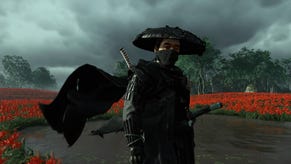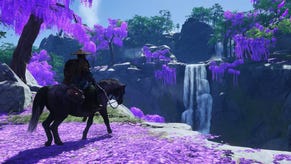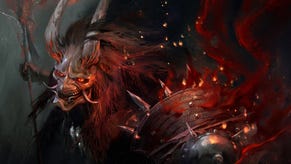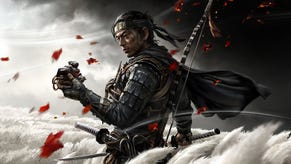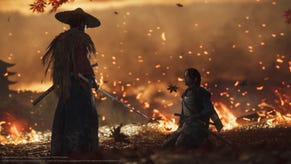Ghost of Tsushima: Setting and History Explained
We take you through everything you need to know about the historical context of Ghost of Tsushima for a greater understanding of the plot.
Ghost of Tsushima takes place in the real world, albeit one in the distant past, a historical fiction concerning the invasion of a Japanese Island by the Mongol Empire in the thirteenth century. We'll explain the setting and history behind the game so you know exactly what's going on and how it impacts the story.
The following contains minor spoilers for the plot of Ghost of Tsushima, though nothing beyond the first hour or two of gameplay.
On this page:
- Setting and History in Ghost of Tsushima Explained
- Is Ghost of Tsushima a Fantasy Game?
- Is Ghost of Tsushima Based on Real History?
- When is Ghost of Tsushima Set?
- Where is Tsushima?
- Was Jin Sakai a Real Person?
Setting and History in Ghost of Tsushima Explained
We've laid out a simple, easy-to-understand list of the relevant facts that'll help you understand the setting and history of Ghost of Tsushima, framed around some of the most obvious questions. We'll start with the following:
Is Ghost of Tsushima a Fantasy Game?
No, Ghost of Tsushima is an adaptation of a historical event, though that doesn't mean certain elements haven't been changed or that the setting is completely accurate. Liberties with the characters involved have been taken, certain weapons or styles from later eras are included, and there are rare moments that lean more towards the supernatural, such as the optional Mythic Tales spread across the island.
Is Ghost of Tsushima Based on Real History?
Yes, but not completely. A lot of the overarching events are true, but as mentioned there's a certain amount of license taken with the characters and details. Similar to early Assassin's Creed games, Tsushima takes real world events - which we'll elaborate on below - and places fictional characters within them, as well as putting a certain cinematic flourish on the whole thing, clearly influenced by classic samurai movies (as demonstrated by its inclusion of the black and white "Kurosawa Mode"). Notably, Director Nate Fox has said the following:
“This is a game that is entirely grounded in reality. We’re trying hard to transport people to 1274 Japan. We’re inspired by history, but we’re not building it back stone by stone. We’re not trying to rebuild Tsushima island. Our protagonist is a work of fiction. We actually thought about using some historical figures, and we asked some people who are more culturally aware than us and they said that it would be insensitive, so we didn’t do it.”

If you want all the guides you'd ever need on Ghost of Tsushima, why not check out our full Guides Hub here? Whether it's bosses, collectibles or getting the best armor and weapons, we've got everything you'll need to liberate Tsushima here.
When is Ghost of Tsushima Set?
Ghost of Tsushima takes place in November 1274, during the first invasion of Japan by the Mongol Empire, as part of an attempt to take the country as a vassal state.
Where is Tsushima?
Tsushima is a Japanese island off the West coast of Southern Japan, roughly halfway between it and South Korea. The Mongols landed and took the island as a means to prepare for a larger invasion of the Japanese mainland. Tsushima functioned as a stopping point between Korea, which they had already conquered, and Japan, which they planned to.
Was Jin Sakai a Real Person?
No, Jin Sakai is fictional, though the events that are shown around him have some basis in truth. Jin is depicted as the last survivor of a failed effort by eighty Tsushima samurai to hold back the Mongol invasion, a real event from history.
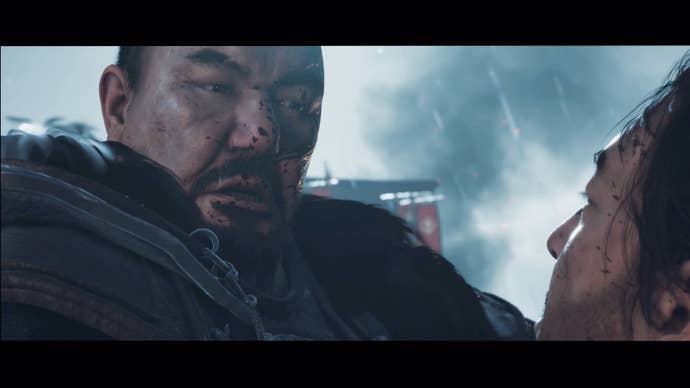
However, there are some distinctions to be made: there were no recorded survivors of the attack, and the Tsushima governor who led the charge was changed from S? Sukekuni to the fictional Lord Shimura, a character who is captured rather than killed (Sukekuni's fate). The Mongol head of the Tsushima invasion, Khotan Khan, also appears to be fictional, and the invasion of Tsushima is much longer in the game, implied to be indefinite or at least lasting for months, when in reality the Mongol fleet moved on towards the Island of Iki within a fortnight.
Now you've got all the facts, you should expand your knowledge further with some more USG content. We've got Mike's review of the game right here, or go hunting through the underbrush for our early thoughts on the game here at Axe of the Blood God.



